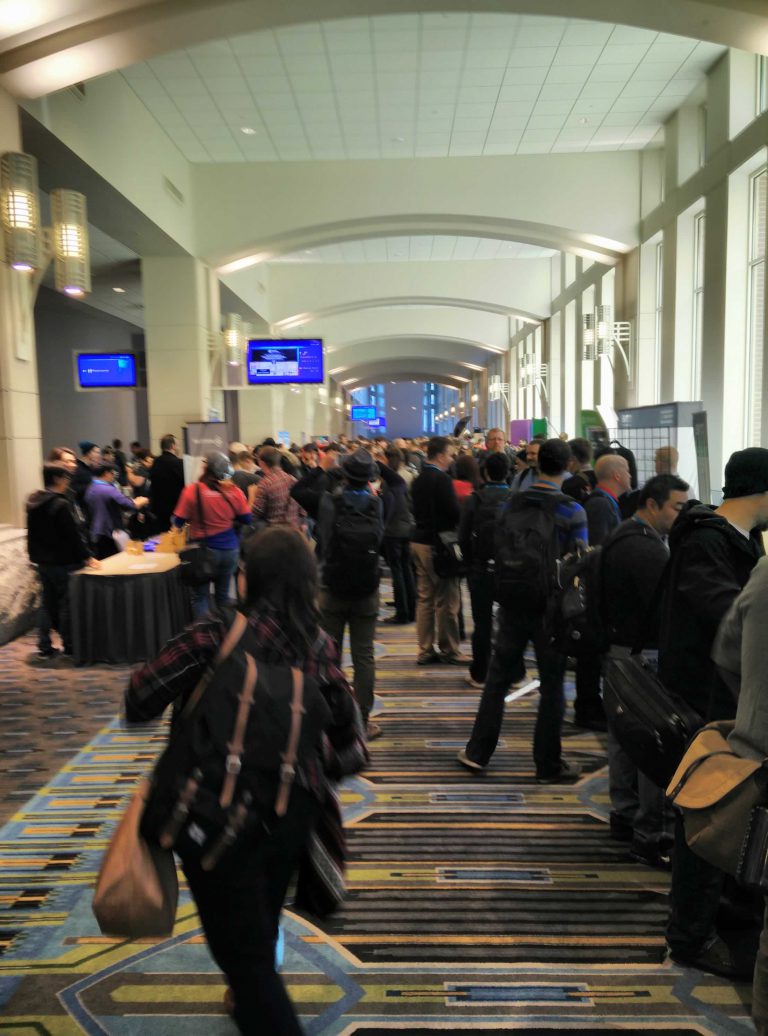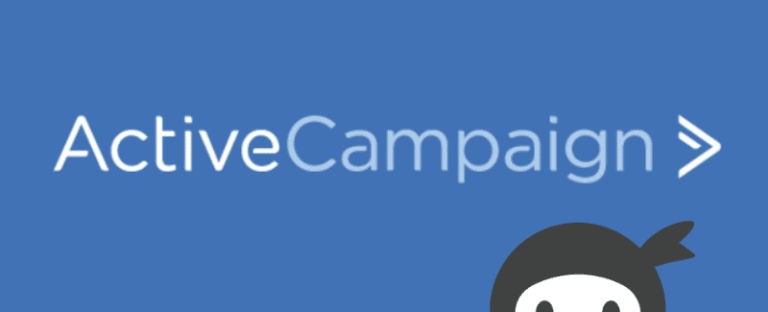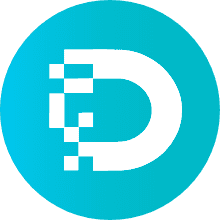Add Less More

Care to join me on a meandering thought journey? This is a purely philosophical rewind on our agency. Strategies are absent but spicy, unhinged takes, are boiling over ’round here so if that’s your cuppa tea, grab a seat and put on your headgear, friends. (these takes are totally mild, promise!)
Add Less More. A copywriter couldn’t have written it better, IMO.
A former client of mine has that on her website. It struck me when I read it, it didn’t make sense to me. Add less more??? What does that mean? I’ve spent a lot of time thinking about what those three letters mean to me. The thing is those three words, that type of thinking can be applied in a couple of areas like running a business or one’s personal life.
A KALM Retrospective
Since enrolling in a cohort for Digital Ops and Project Management last year, I’ve taken a different approach to how I structure incoming client projects and also how we review them. In some ways, you could call it a retrospective.
There’s a type of retrospective called KALM. It’s an acronym, of course for…
- Keep – something the team is doing well and whose value you recognize the value
- Less – something already being done, but of which you rather do less.
- More – something already being done which we believe will bring more value if done even more.
- Add – a new idea or something you have seen working before that you would like to bring to the table.
Adapting this for DigiSavvy, and thinking about something I recently read on Peter Kang’s blog, a smart egg from Barrel, I’ve been looking at how to simplify the day-to-day work-life of our small team, and generate more revenue/profits, and lean out our processes. Ultimately, I’m trying to simplify things and focus on what matters.
Adapting this philosophy to my agency’s needs.
Keep – Keep the things we’re using that add value. Keep doing the things that add value first to our clients and then to the agency second. Keep what generates revenue/profit/value.
Less – Lose the things that aren’t generating immediate value to our clients or our agency. If it’s costing us and we’re not using it, we’re cutting it.
Add – New ideas or initiatives that promote growth for our internal and client stakeholders, that simplify our operating procedures, that simplify our clients’ lives.

Pruning Subscriptions
I see familiar services and their accompanying receipts. Notion, Front-end Masters, The Hartford, and on and on. Do we use them? Do we need them??
It’s a good practice to review your subscriptions and question them. If they don’t add value if they don’t get used if they’re not generating billables prune them. They’re easy to lose track of—for instance, I’ve been paying for Buffer for the last two years and we never use it. We keep a database of our subscriptions in our Notion account, which has been helpful, thank you to my past self for setting that up. It’s also a good time to review the services you currently use to see if you’re on the right plan or not.
Do this once or twice per year (or as many times as you need to). Go through the accounting software, look at your expenses, and compile your list of services you’re considering getting rid of. When did you last use them? What happens if you let it go? What happens if you don’t? If you have a team, send out the list to them and ask: are you still using these services? If not, let them go. If so, determine what the real value is.
We’re a tiny (and mighty) team and we’re fully remote, thus we don’t have office space that we lease. We have a mail service handler through a local co-working space but that’s it and honestly, that’s something I could replace with a PO box at some point.
I went through this practice while writing this article and managed to recover just over $850, which is rather small when I consider all our other expenses. However, in recurring monthly expenses, this recovery returns about $10,000 in revenue to the agency! It’s not an insubstantial amount of money. You can do things with that!
Baller Move: Cancel/replace your business credit cards and see what services (and clients) start yelling. I’m being facetious but also… it does help.
The Real Baller Move: Keep a running list/database of your recurring expenses in your favorite app like Notion, Excel, or whatever you use.

Design
I like taking photos but I’m no photographer. I like to write but I’m no wordsmith; I like to speak in front of crowds but I’m no orator. I can arrange things on a canvas, yet I’m no designer. When it’s all said and done, the work I produce won’t make it into any books nor will it won’t be taught to anyone. I’m okay with that. I’m okay with being competent at a number of things while mastering none of those things.
“Perfection is achieved, not when there is nothing more to add, but when there is nothing left to take away.”
The above quote has been passed around time and time again and it should be. It’s a great quote. I think this applies to life, design, business, art, and so on. Let me be clear, it’s not about perfection or the pursuit of perfection.
In pursuit of optimizing or improving something, I find that I’m often taking things away, removing things. Removing comfort in favor of the essential.
I’ve learned to question the shiny objects jockeying for my attention. I believe it’s better to err on the side of minimalism, to add by subtracting, to question and ask why? Why does it matter? What happens if we say no?
This isn’t the only way, it’s just the way I’m looking right now. Maybe that changes in a year. A month? We’ll see.
When redesigning the DigiSavvy website here, I had one font in mind I wanted to use. Just one. Calibre. I can’t tell you why I like it. I can’t tell you why it’s a good choice for some implementations versus any others. I can tell you what is written by the Foundry that sells the font—that it was engineered and designed for signage, primarily street signs. It sounded good to me. I don’t hate the font.
I mention fonts because much of what we used to design had two fonts, three fonts, and on a couple of occasions even more!
I’m not an authority on what makes a design good. I have only my opinion on the matter and it is this: What remains simple remains delightful.
For me, it’s vanilla ice cream over rocky road. I enjoy them both but the simplicity of vanilla will always win me over. The In-n-Out menu over the Cheese Cake Factory encyclopedic-volume of foods. Some of the applications I enjoy most have minimal features and functionality. They do a few things well.
There is beauty in brevity. Just because we can doesn’t always mean we should. Add less more.

Less About Line Items More About End-Results, Relationships, and Long-Term Value
Over the last year, I’ve pondered what it means to serve my clients well. The truth is, I’m bad with pricing. I greatly undervalue what my worth is. This past year I’ve gotten a lot better with it. I focused more time and energy on trying to grow the agency rather than growing my relationships with our clients. The result of doing so meant more, smaller, projects aka doing more for less.
At the beginning of last year, I began reviewing my client accounts and made some tough decisions. Some client relationships I had to let go of. For where I want to be, business-wise, I needed to adapt my conversations around value and what our clients really want. The value isn’t about line items and deliverables; rather, it’s about the value we bring to our clients, that we’re able to bring them closer to their goals. Sometimes that value is measured in revenue and profit, other times it’s measured in ways that can’t be measured such as delivering peace of mind, knowing they don’t have to worry about you.
I DID NOT BELIEVE IN MY VALUE.
Sometimes I feel like I put together packages of services together to justify the worthiness of what I bill, as though I don’t believe in the value of what I’m selling. The reason I’ve gotten better is through education (and therapy) and addressing my limiting beliefs.
Internally, the dialogue sounds like this Dear client, I’m charging you this much, but look at this quite extensive list of things we’re doing for you. I’ve found that the more we talk about money the more uneasy the conversation becomes—this has been my experience. Your mileage may vary. What I learned is that the conversation is better served when we talk about the value we bring to that client relationship. The value is quantified in many ways. In fact, some of the most significant value I, as a service provider, deliver are things my clients don’t think about. The things our clients don’t have to worry about—because they know we’ve got their back—come down to peace of mind, consistency, and understanding that they’re getting what they want. If we’re helping grow that bottom line, if we’re present, if we listen to their needs, and we prioritize communication and quality the rest works itself out.
I talk less about the line items, tasks, widgets, and such. They don’t matter. People, your clients, don’t care how the sausage is made. They care that you care and that you do what you say you’ll do and they, in turn, expect you to bill them what you’re worth.
If you’ve mastered the art of negotiating price based on the value of the work being done, great on you! I envy you. If you’re billing time and materials, just know that there’s a better way. I bill by day rates, weekly rates, etc. It’s cut out a lot of tire kickers and it’s reduced second-guessing in my decision making.

Fewer Stacks. More Unity.
For a long time, I’ve been a fan of the wobbly tech stack. That is, using the best-in-class services to provide the best possible outcomes for our agency and our clients.
Now that I’ve spent time reviewing the agency’s books and thinking about the value of all the services we spend money on, I ask the question: Is it worth it? Do we need all of these services? I’m not going to list out our stack of software but we use A LOT of different services to accomplish a lot of little things.
Finding the right business operating system is difficult, it doesn’t really exist. There’s Zoho One, which sells itself literally as the modern OS for business. A stack of some forty apps, plus. Email, Contracts, Project Management, Support Ticketing. You name it, they offer it. They’re not alone in that space, it’s filled with compelling options. Agile.app, Plutio, and Dubsado (which we’re currently using and not happy with), Scoro, IgnitionApp, and more…
I mention this because it’s traditionally difficult to onboard and train staff on stacks of applications/services that are all vastly different from one another.
We’re currently migrating invoicing, bookkeeping, and document signing over to Zoho One. Once that’s done, it’ll save us a few thousand annually. Not a huge savings but savings nonetheless. We may move over project management, proposal writing, appointment setting, and video conferencing as well, which will yield another chunk of annual savings on software subscriptions. I’ll be sure to write about our migration that way. It’s a change of tone from the days when I was in favor of self-hosting such services.
What does it all mean?
I’m not advocating that you take a hatchet to your business and go full-metal minimalism, folks. For myself, I’ve slowly and purposefully taken a moment to pause and reflect on my agency’s various business relationships, my personal (and business) relationships, and also how we invoke decision-making into our work. I haven’t formalized anything there; I don’t have a (Yarikata?) decision-matrix for this way of thinking—I know that simplifying processes, reducing friction, and being intentional with those decisions have merit.
For me, adding less more means reducing friction, adding by subtracting first, and asking why. What does Add Less More mean to you?
Get Notified When We Publish New Content!
Join more than 2,500 people who get our marketing automation, business marketing, and WordPress news!

![[Series] Grow Your Business Online First Steps. Way of the Tortoise](https://digisavvy.com/wp-content/uploads/2016/05/way-of-the-tortoise-768x488.jpg)
![[Series] Growing Your Business Online by Getting to Know Yourself](https://digisavvy.com/wp-content/uploads/2016/06/getting-found-online-768x411.jpg)



